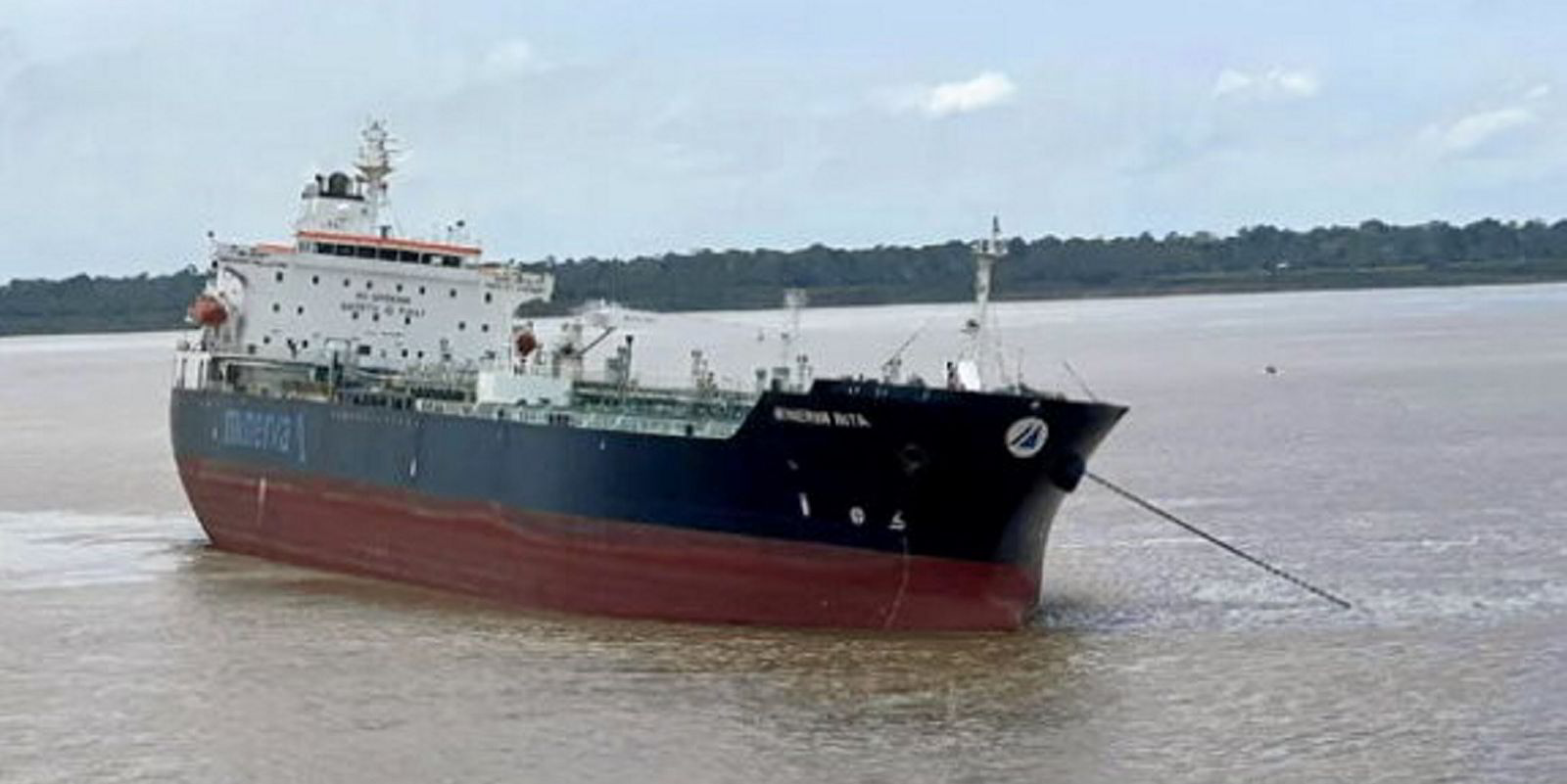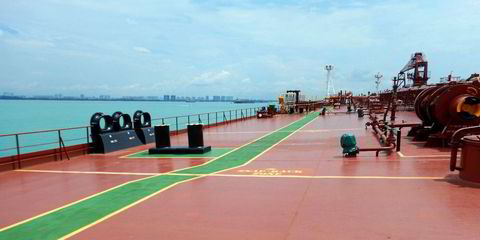One-fifth of the usual vessel transits at the Panama Canal have been lost over the past month due to passage restrictions, Clarksons Research has revealed.
At the end of October, amid a serious drought, the Panama Canal Authority said daily transits would be cut gradually to 18 per day by 1 February, half of the normal level.
The research arm of UK shipbroker Clarksons said as restrictions have tightened, the number of transits dropped 20% between late October and late November.
In the week to 24 November, a total of 172 vessels transited, down 25% from the average so far in 2023, Clarksons calculated.
“Some ships are diverting via the Cape of Good Hope or Suez Canal, some US East Coast-bound container ships from Asia are using alternative rail transport options via the US West Coast or Panama,” said analyst Sarah Holden.
There are usually more than 13,000 transits a year through the waterway, involving 2.5% of global seaborne trade.
“Recent limits introduced on the number of transits due to an ongoing drought are already having clear effects, and restrictions are set to tighten further in 2024,” Holden added.
Tighter restrictions
At the new neopanamax locks, only five ships will travel through each day from the start of 2024, down from an average of 10 between January to October.
Freight rates have increased for some sectors, notably VLGCs and product tankers, for which levels between the US Gulf and the west coast of South America are up 50%.
“Impacts will likely intensify ahead as restrictions tighten, with impacts dependent on the importance of the canal to trade in each sector, and canal transit booking rules that prioritise some ship types over others,” the researcher said.
She predicts the most significant impact is to be felt by VLGCs, given the size of the US-to-Asia LPG trade and the lack of priority for VLGCs in the canal’s booking system.
Rerouting a US-to-Asia trip via Suez adds more than 50% of the usual distance.
“Some re-routing of LNG carrier voyages is also expected, though market impacts may be limited, with Europe, rather than Asia, currently absorbing most US exports,” Holden added.
“Panama Canal transit restrictions represent yet more shipping market disruption, with potential for diversion to longer routes to provide market upside in some segments.”





